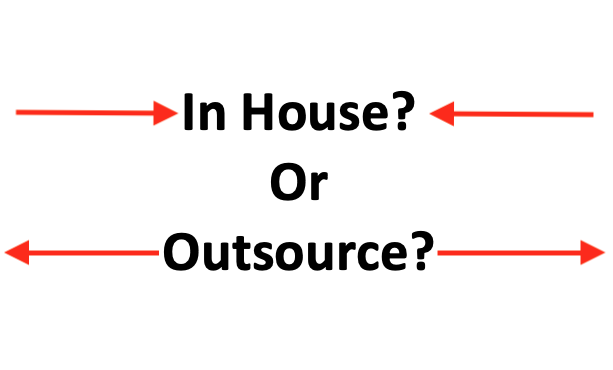hospitals
TagShaping the Future: How to Embark on a Career as a Nursing Educator
Nurses play an important role in society, there is no question about that. They are the backbone of the medical industry, making up a significant number of the workforce responsible for the care and attention to patients. For those that have chose…
Geographical Earnings: Comparing Nursing Salaries Across the USA
Over the last several decades, the nursing profession has risen in popularity among aspiring professionals. One key reason for this is the financial stability found in these roles along with opportunities for career advancement.
This being the …
Stress, Stamina, and Service: Exploring Healthcare’s Most Demanding Jobs
Healthcare workers are some of the most commendable and hard-working professionals in modern-day society. From dealing with high-pressure situations on a daily basis to picking up the slack caused by professional shortages in the industry, these p…
Comparing Urban and Rural Nursing: Key Differences and Similarities
City nurses and rural nurses have the same job, but the healthcare cities in their respective communities typically have many significant differences. Urban hospitals are overflowing with patients. They experience higher instances of violent crime…
Understanding the Current Demand for a Variety of Healthcare Workers
Over the last several years, demand for healthcare workers across the United States has continued to grow at an alarming rate. From nurses to x-ray technicians, countless medical facilities are currently understaffed and in need of more skilled me…
How Can We Improve Healthcare Education?
The educational aspect of the healthcare industry doesn’t get as much attention as it should. The reason for this is pretty simple. The majority of people never interact with it. And yet schools are where doctors and nurses are taught everything t…
The Reasons to Outsource Laboratory Billing – A Practical Guide
Medical billing is a crucial component of laboratory revenue cycle and it needs to be intact for increased profitability. To keep the financial side of labs efficient, laboratory medical billing should be handled professionally. Similarly, labs ca…
Preeminent Hospitals Penalized Over Rates Of Patients’ Injuries
Hundreds of hospitals will be paid less by Medicare after the federal government determined they had higher rates of infections and patient injuries.
New Price Transparency Rules Unveiled by Trump Administration
This morning, the Trump Administration issued two rules to increase healthcare price transparency, at both hospital and payer levels.
2019’s “Best Hospitals” Announced
U.S. News & World Report has released their 30th edition of the Best Hospitals in the United States. Take a look at which hospitals scored top marks.








